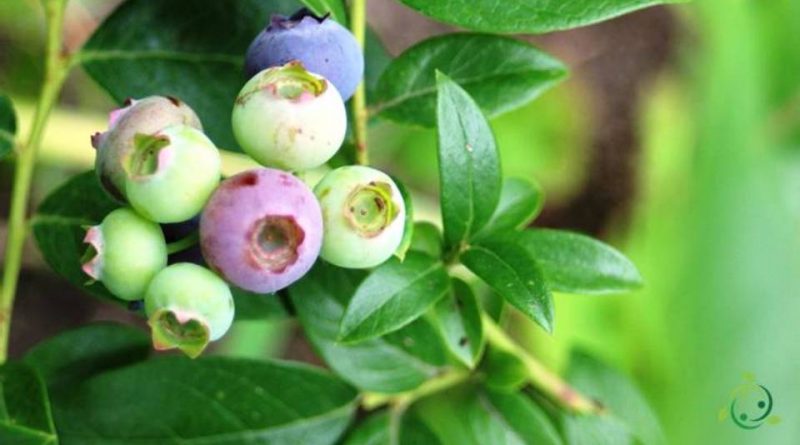How Blueberry propagates
How Blueberry propagates
The Blueberry (Vaccinium myrtillus L., 1753) is a fruit shrub plant of the Ericaceae family.
The Blueberry is cataloged as a wild fruit but can, of course, be grown both at home and in production plants.
The blueberry is a plant that can be reproduced both by seed and by cuttings even if it is easier and more convenient to reproduce by agamic way through the preparation of cuttings.
Multiplication by seed –
In the reproduction by seed it is necessary to place the seeds, in the period between March and April, in a seedbed containing a compost consisting of well-humified organic substance and of fine texture. The seeds must be placed in a temperate greenhouse or covered with a film, the time necessary for them to germinate, to keep the temperature and humidity constant.
Once the plants have grown sufficiently, they must be transferred to individual pots until the moment of final planting.
In any case, the multiplication by seed is not very practiced as the results are not always satisfactory and the achievement of production is very slow and, moreover, the plants produced will have variable genetic characteristics.
Multiplication by cuttings –
In propagation by cuttings, on the other hand, plants will be obtained that are all identical to the mother plant and it is also preferred to sowing as it is easy to perform and above all because the time of entry into production is shortened.
With this technique, the first operation to be carried out is to prepare containers that must be filled with humiferous soil with a slightly acidic pH and rich in nutrients; a mixture of acid peat and sand in equal parts is recommended.
Once the containers have been prepared, the individual cuttings will be made, which must be prepared using well-sharpened and disinfected shears, in the period between July-August, taking apical portions of young branches about 15 cm long; in addition from these the first pairs of leaves must be eliminated.
Immediately after, the severed ends are treated with a little rooting hormone powder in order to promote root production.
Once this has been done, the individual cuttings will be inserted into the substrate, not too deep and well spaced.
After burying the cuttings, the soil must be compacted well and watered abundantly. Watering should be done every other day until the cuttings emit new shoots. In this regard, it is advisable to equip the containers with drainage holes in the basal part by placing coarse material (coarse gravel or expanded clay) in this first layer to facilitate the drainage of the water.
Once rooting has taken place, the plants must be left to free up and strengthen for a year.
The plants reproduced in this way will be kept in a protected environment and planted after a year, in pots or directly in the ground.
After this period they will be ready for transplanting which, in the case of farm cultivation, will have to include planting silks of about 2.5 meters between the rows and 1.5m between the individual plants. The blueberry does not need supports and can be left to grow freely given its not excessive size in height and above all thanks to the strength of its branches. For the details of the cultivation technique, see the following sheet.

